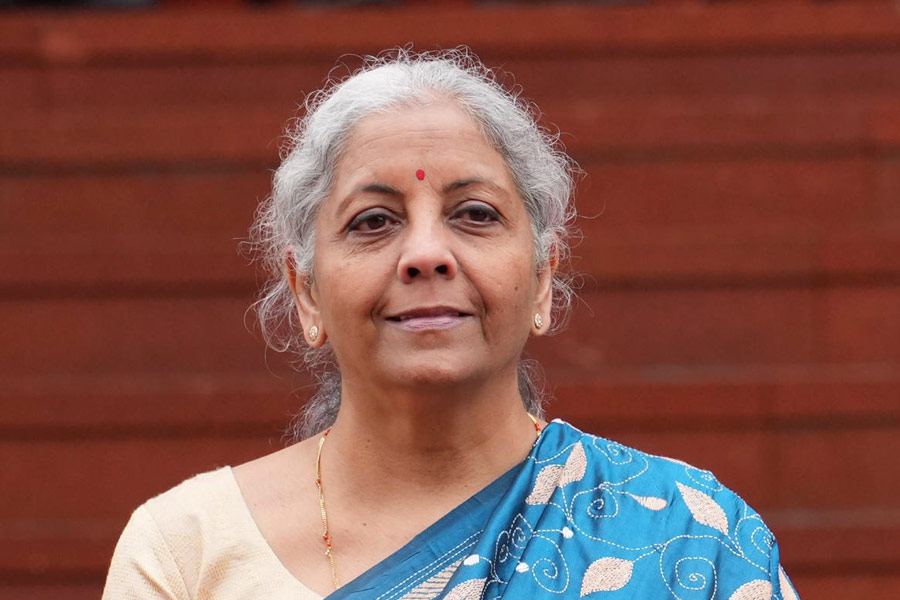The Centre has proposed to build three more railway corridors to improve logistic efficiency and reduce costs in the country.
Finance minister Nirmala Sitharaman said the projects have been identified under the PM Gati Shakti programme, which enables multi-modal connectivity. While one of the corridors will focus on energy, mineral and cement sectors, the other two will be based around port connectivity and high-traffic density routes.
“The decongestion of the high traffic corridors will also help in improving operations of passenger trains, resulting in safety and higher travel speed for passengers. Together with dedicated freight corridors, these three economic corridor programmes will accelerate our GDP growth and reduce logistic costs,” Sitharaman said.
However, the FM did not specify the investment required in the projects. There are two dedicated freight corridors operational in India — the Eastern Dedicated Freight Corridor and the Western Dedicated Freight Corridors.
EDFC and WDFC are being executed by Dedicated Freight Corridor Corporation of India Ltd, a company under the ministry of railways. The interim budget has proposed to allocate only Rs 4,155 crore to DFCCIL. The revised estimate for FY24 shows that allocation for the ongoing fiscal is going to be Rs 14,526 crore. However, the budget estimate for this fiscal was Rs 27,482 crore.
The FM also focused on the Vande Bharat programme, a pet project of Prime Minister Narendra Modi.
Sitharaman informed Parliament that 40,000 normal rail bogies would be converted to Vande Bharat standards to enhance the safety, convenience and comfort of passengers.
Industry was quick to underscore the multiplier effect of the big infrastructure push. T. V. Narendran, managing director and CEO of Tata Steel, noted that three new rail corridors would spur steel demand, create jobs and improve connectivity and logistics.
Vivek Lohia, managing director of Jupiter Wagons Ltd, said the move to upgrade regular railway passenger coaches marks a significant milestone in India’s railway modernisation journey.
“This initiative reflects a dedicated effort to elevate passenger safety, comfort and operational efficiency to global standards,” Lohia said.
The upgrade is also going to benefit the railway industry, both in the public and private sectors, as they will get adequate orders from the government for the time to come.
Ankit Haku, director of Crisil Ratings Ltd, noted that the conversion to Vande Bharat would further boost demand for stainless steel in India.











